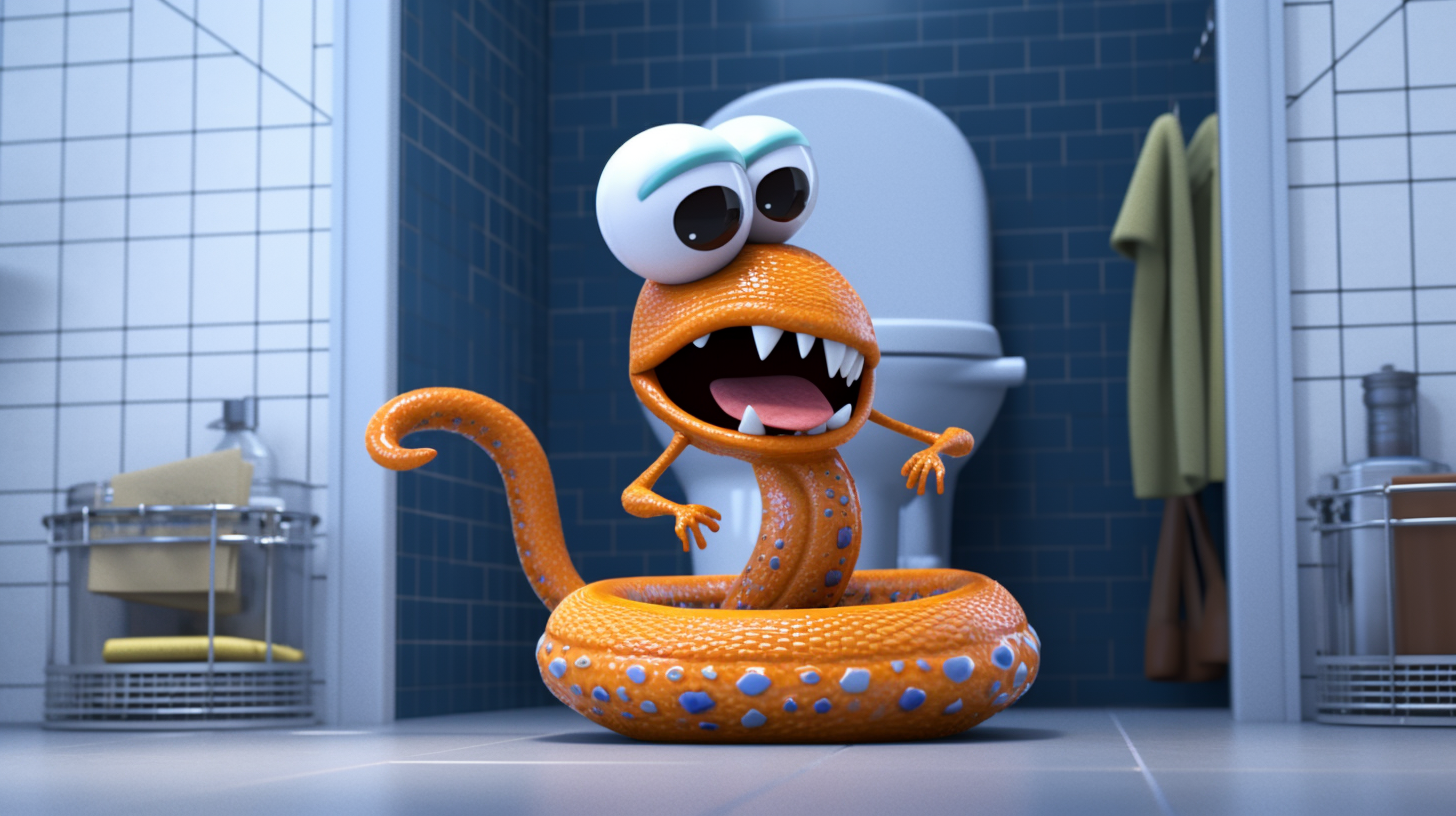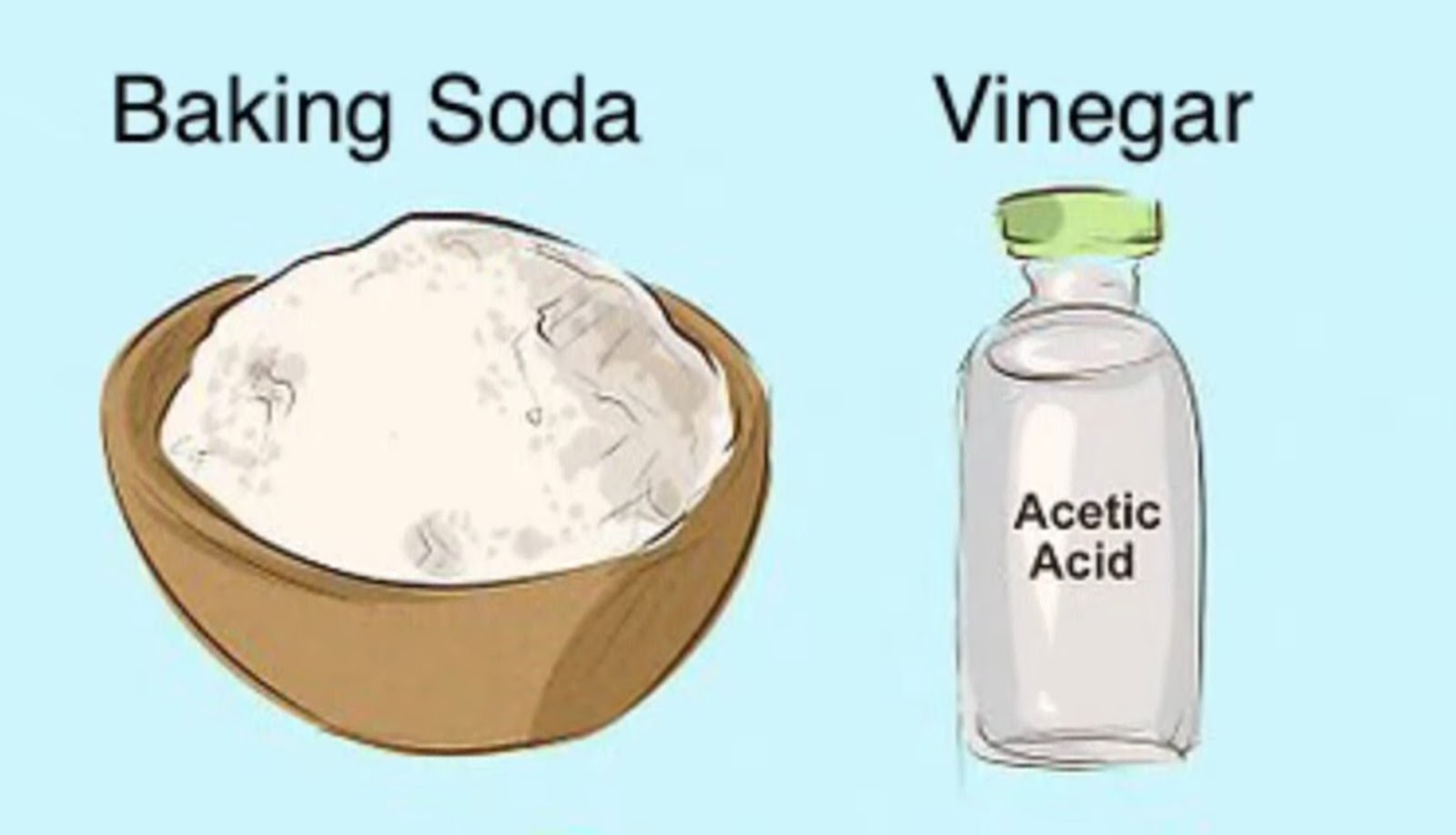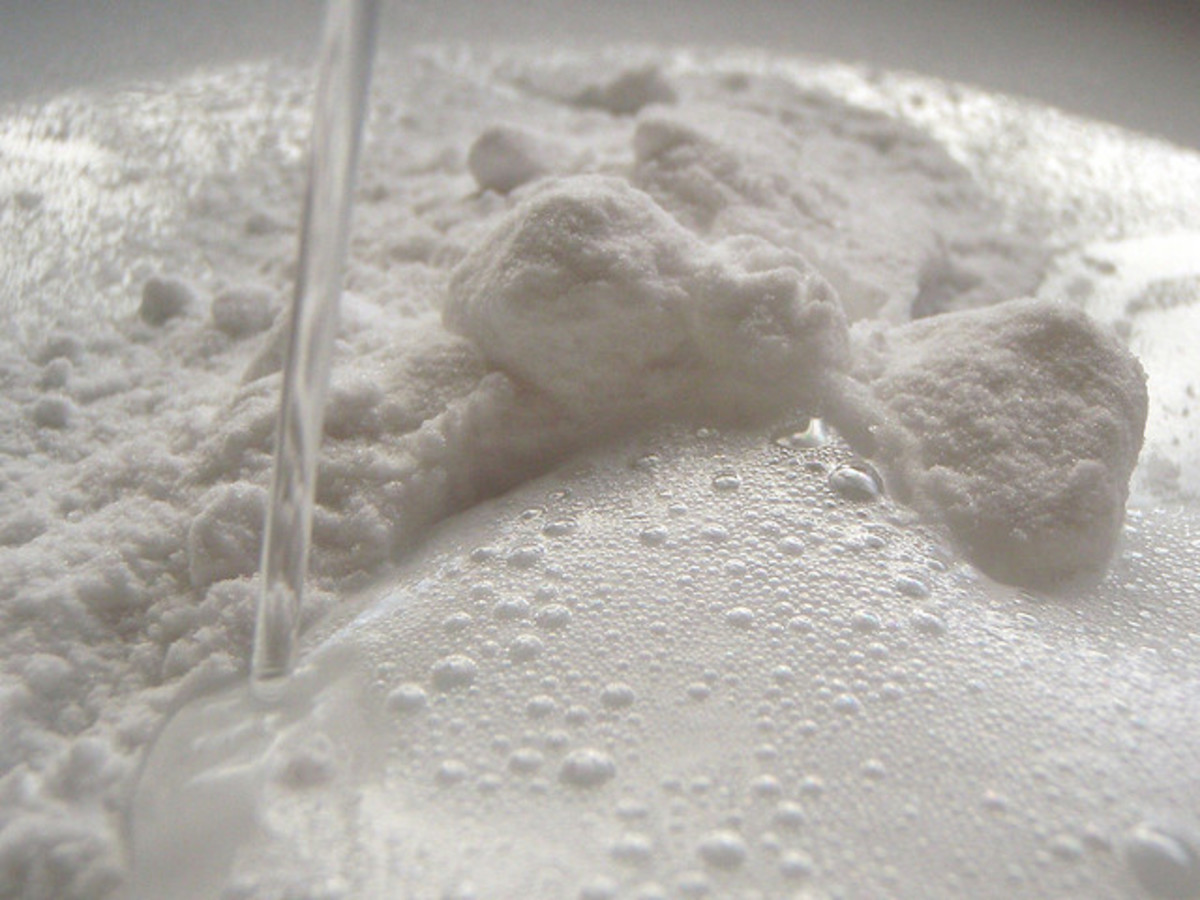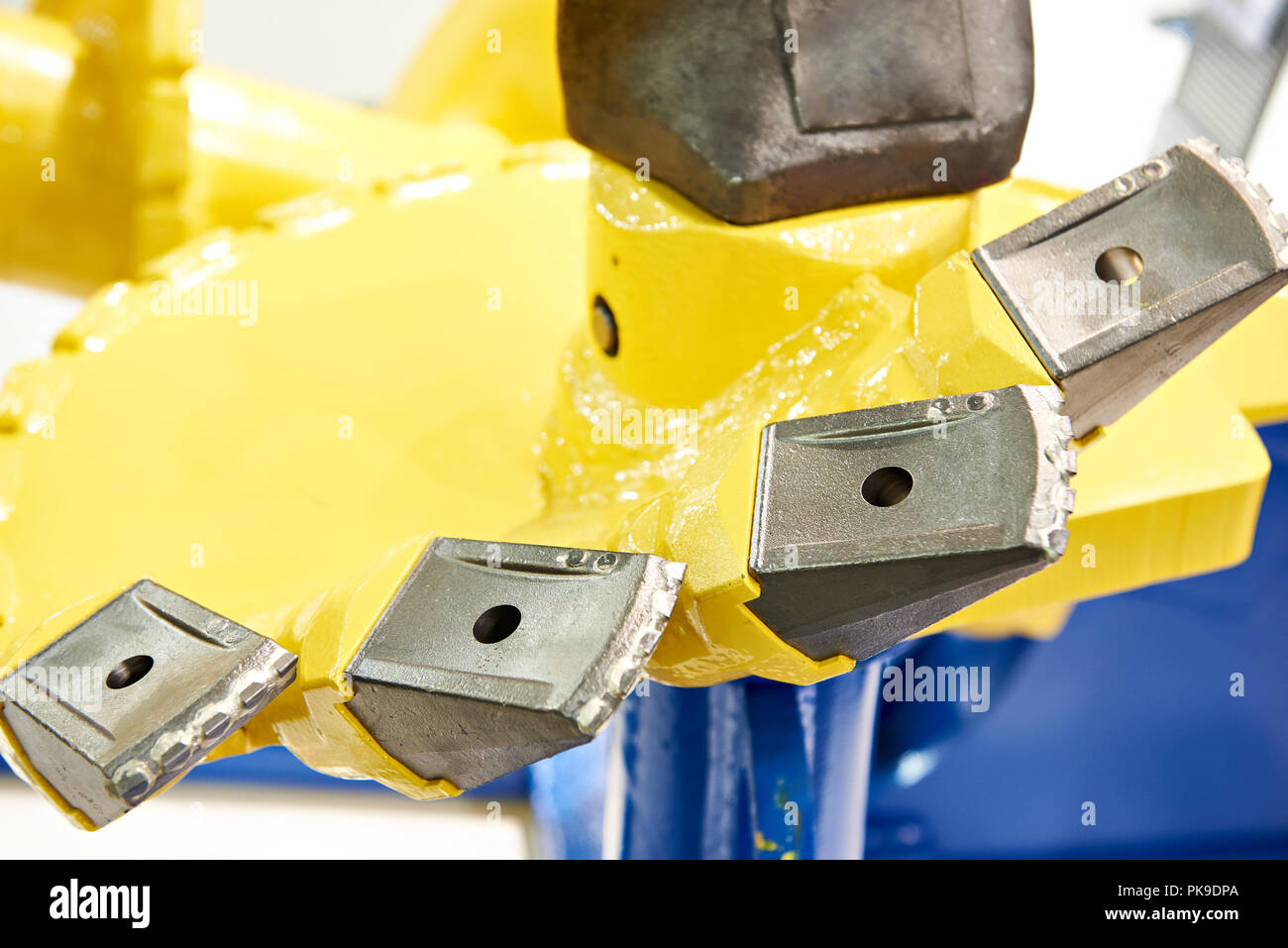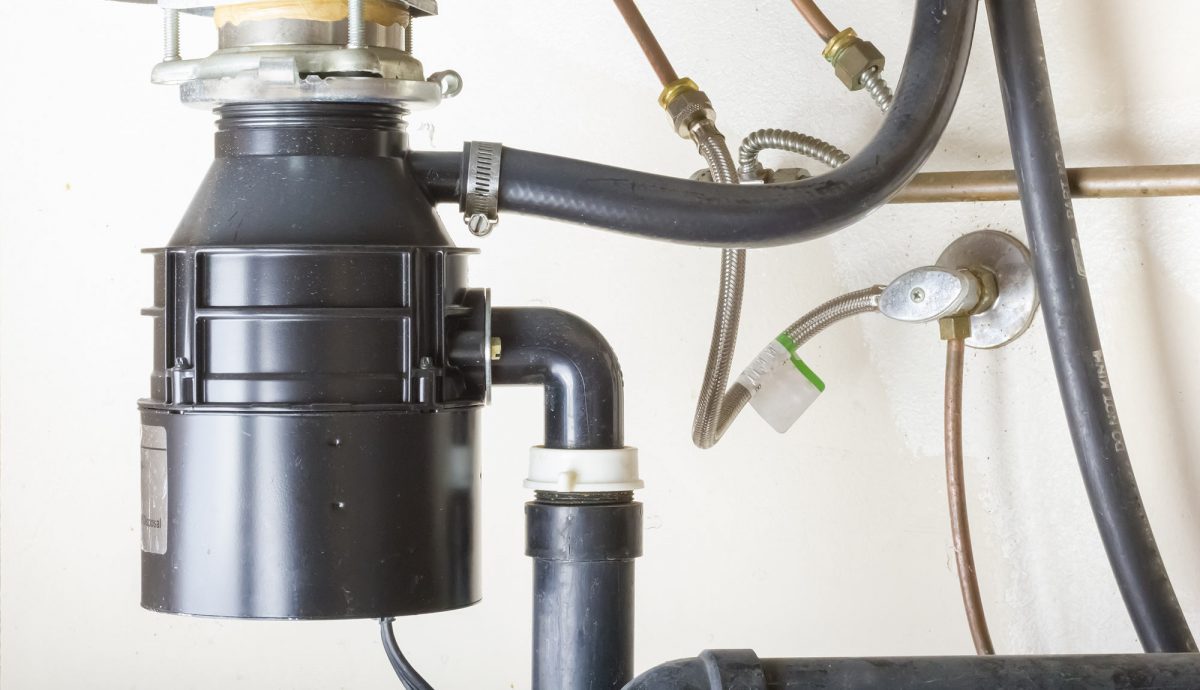One of the most common reasons for a kitchen sink not draining on either side is a clogged drain. This can happen due to a buildup of food particles, grease, or other debris over time. If you notice that your sink is draining slowly or not at all, it's likely that there is a clog in the drain. To fix this issue, you can try using a plunger to dislodge the clog. Make sure to cover the other side of the sink with a wet cloth to create a seal and then plunge the clogged side vigorously. If this doesn't work, you may need to use a drain snake or call a plumber for more serious clogs.1. Clogged Drain
Another possible cause of a kitchen sink not draining on either side is blocked pipes. This can happen if there is a buildup of debris or foreign objects in the pipes, or if there is a structural issue with the pipes themselves. If you suspect that your pipes are blocked, you can try using a drain snake to clear the blockage. However, if you notice that multiple drains in your home are not draining, it could be a sign of a larger issue and it's best to call a plumber for professional assistance.2. Blocked Pipes
A slow draining sink is a common problem that can occur for a variety of reasons. It can be caused by a clog, blocked pipes, or even a problem with the plumbing vent. This issue can be frustrating and inconvenient, but it's usually a sign of a larger underlying issue that needs to be addressed. If your sink is draining slowly, try using a plunger or drain snake to clear any potential clogs. If the problem persists, it's best to call a plumber to diagnose and fix the issue.3. Slow Draining Sink
If you notice standing water in your sink, it's a clear sign that something is preventing the water from draining properly. This could be due to a clog, blocked pipes, or even a problem with the plumbing vent. To fix this issue, try using a plunger or drain snake to dislodge any clogs. If the problem continues, it's best to call a plumber to inspect the issue and provide a solution.4. Standing Water in Sink
A plunger is a common household tool that can be used to clear clogs in sinks, toilets, and other drains. It works by creating suction and pressure to dislodge the blockage and allow water to flow freely. When using a plunger on a kitchen sink, make sure to cover the other side of the sink with a wet cloth to create a seal. Then, plunge the clogged side vigorously until the water starts to drain. If the clog is stubborn, you may need to repeat the process a few times.5. Plunger
For more serious clogs, a drain snake may be necessary to clear the blockage. This tool is a long, flexible wire with a small auger at the end that is used to break up and remove clogs. It can be inserted into the drain and twisted to break up the clog. If you're not comfortable using a drain snake yourself, it's best to call a plumber who has the necessary tools and expertise to safely and effectively remove the clog.6. Drain Snake
If you prefer a natural and chemical-free solution for unclogging your kitchen sink, you can try using baking soda and vinegar. Start by pouring 1/2 cup of baking soda down the drain, followed by 1/2 cup of vinegar. Let it sit for a few minutes, then pour hot water down the drain to flush out the clog. This method may not be as effective for serious clogs, but it can be a good preventative measure to keep your drains clear and running smoothly.7. Baking Soda and Vinegar
If a plunger and drain snake haven't been successful in clearing your kitchen sink clog, you may need to use a plumber's auger. This tool is similar to a drain snake, but it has a larger auger and can reach further into the pipes to remove clogs. Plumber's augers can be rented or purchased at most hardware stores, but it's recommended to call a professional plumber if you're not experienced in using this tool.8. Plumber's Auger
One of the most common causes of kitchen sink clogs is grease buildup. Over time, grease and oil from cooking can solidify and create a blockage in the drain. This is especially common in households that frequently cook with oil or have a garbage disposal. To prevent grease buildup in your kitchen sink, avoid pouring oil and grease down the drain. Instead, dispose of them in the garbage or collect them in a container and dispose of them properly.9. Grease Buildup
If you have a garbage disposal, it could be the source of your kitchen sink not draining on either side. If the disposal is clogged or malfunctioning, it can prevent water from draining properly. To check if the garbage disposal is the issue, turn it on and listen for any unusual sounds or vibrations. If you suspect there is a problem, it's best to call a plumber for professional assistance.10. Garbage Disposal Issues
Kitchen Sink Won't Drain on Either Side: A Common Household Problem
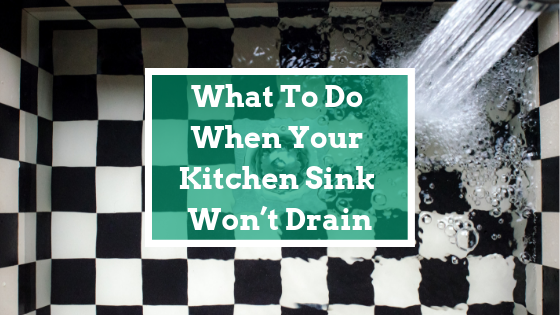
What Causes a Kitchen Sink to Stop Draining?
 There are few things more frustrating than a kitchen sink that won't drain, especially when it's happening on both sides. Not only does it disrupt your daily routine, but it can also lead to unpleasant odors and potential water damage. So what exactly could be causing this issue? There are a few common culprits to consider:
- Clogged pipes: The most common reason for a kitchen sink to stop draining is a clog in the pipes. This can be caused by a buildup of food particles, grease, or other debris. It's important to address clogs as soon as possible, as they can quickly escalate into bigger problems.
- Blocked air vent: Every sink has an air vent that allows air to escape as water flows through the pipes. If this vent becomes blocked, it can create a vacuum that prevents water from draining properly. This is a more common issue in older homes where the plumbing may not be up to par.
- Incorrect installation: In some cases, a kitchen sink may not have been installed correctly. This can lead to pipes being at the wrong angle, which can cause water to pool and not drain properly.
- Plumbing issues: If your kitchen sink is not draining on either side and you've ruled out clogs and other common causes, it's possible that there may be an issue with the plumbing system. This could include issues with the main sewer line or a damaged pipe.
There are few things more frustrating than a kitchen sink that won't drain, especially when it's happening on both sides. Not only does it disrupt your daily routine, but it can also lead to unpleasant odors and potential water damage. So what exactly could be causing this issue? There are a few common culprits to consider:
- Clogged pipes: The most common reason for a kitchen sink to stop draining is a clog in the pipes. This can be caused by a buildup of food particles, grease, or other debris. It's important to address clogs as soon as possible, as they can quickly escalate into bigger problems.
- Blocked air vent: Every sink has an air vent that allows air to escape as water flows through the pipes. If this vent becomes blocked, it can create a vacuum that prevents water from draining properly. This is a more common issue in older homes where the plumbing may not be up to par.
- Incorrect installation: In some cases, a kitchen sink may not have been installed correctly. This can lead to pipes being at the wrong angle, which can cause water to pool and not drain properly.
- Plumbing issues: If your kitchen sink is not draining on either side and you've ruled out clogs and other common causes, it's possible that there may be an issue with the plumbing system. This could include issues with the main sewer line or a damaged pipe.
How to Fix a Kitchen Sink that Won't Drain
 Now that you know what could be causing your kitchen sink to stop draining, it's time to take action. Here are a few steps you can take to fix the issue:
- Use a plunger: For minor clogs, a plunger may be all you need to clear the pipes and get the water flowing again. Make sure to use a separate plunger for your kitchen sink to avoid any cross-contamination with your toilet.
- Try a homemade solution: If plunging doesn't work, you can try using a mixture of baking soda and vinegar to break up any clogs in the pipes. Simply pour half a cup of baking soda followed by half a cup of vinegar down the drain and let it sit for a few minutes before flushing with hot water.
- Check the air vent: If you suspect that a blocked air vent may be the issue, you can try using a plumbing snake to clear any debris that may be blocking it.
- Call a professional: If you're unable to fix the issue on your own, it's best to call a professional plumber. They will have the necessary tools and expertise to diagnose and fix the problem.
In conclusion, a kitchen sink that won't drain on either side is a common household problem that can be caused by a variety of factors. By understanding the potential causes and taking the appropriate steps to address them, you can quickly get your sink back to working order. Remember, when in doubt, it's always best to call a professional for assistance. Happy draining!
Now that you know what could be causing your kitchen sink to stop draining, it's time to take action. Here are a few steps you can take to fix the issue:
- Use a plunger: For minor clogs, a plunger may be all you need to clear the pipes and get the water flowing again. Make sure to use a separate plunger for your kitchen sink to avoid any cross-contamination with your toilet.
- Try a homemade solution: If plunging doesn't work, you can try using a mixture of baking soda and vinegar to break up any clogs in the pipes. Simply pour half a cup of baking soda followed by half a cup of vinegar down the drain and let it sit for a few minutes before flushing with hot water.
- Check the air vent: If you suspect that a blocked air vent may be the issue, you can try using a plumbing snake to clear any debris that may be blocking it.
- Call a professional: If you're unable to fix the issue on your own, it's best to call a professional plumber. They will have the necessary tools and expertise to diagnose and fix the problem.
In conclusion, a kitchen sink that won't drain on either side is a common household problem that can be caused by a variety of factors. By understanding the potential causes and taking the appropriate steps to address them, you can quickly get your sink back to working order. Remember, when in doubt, it's always best to call a professional for assistance. Happy draining!





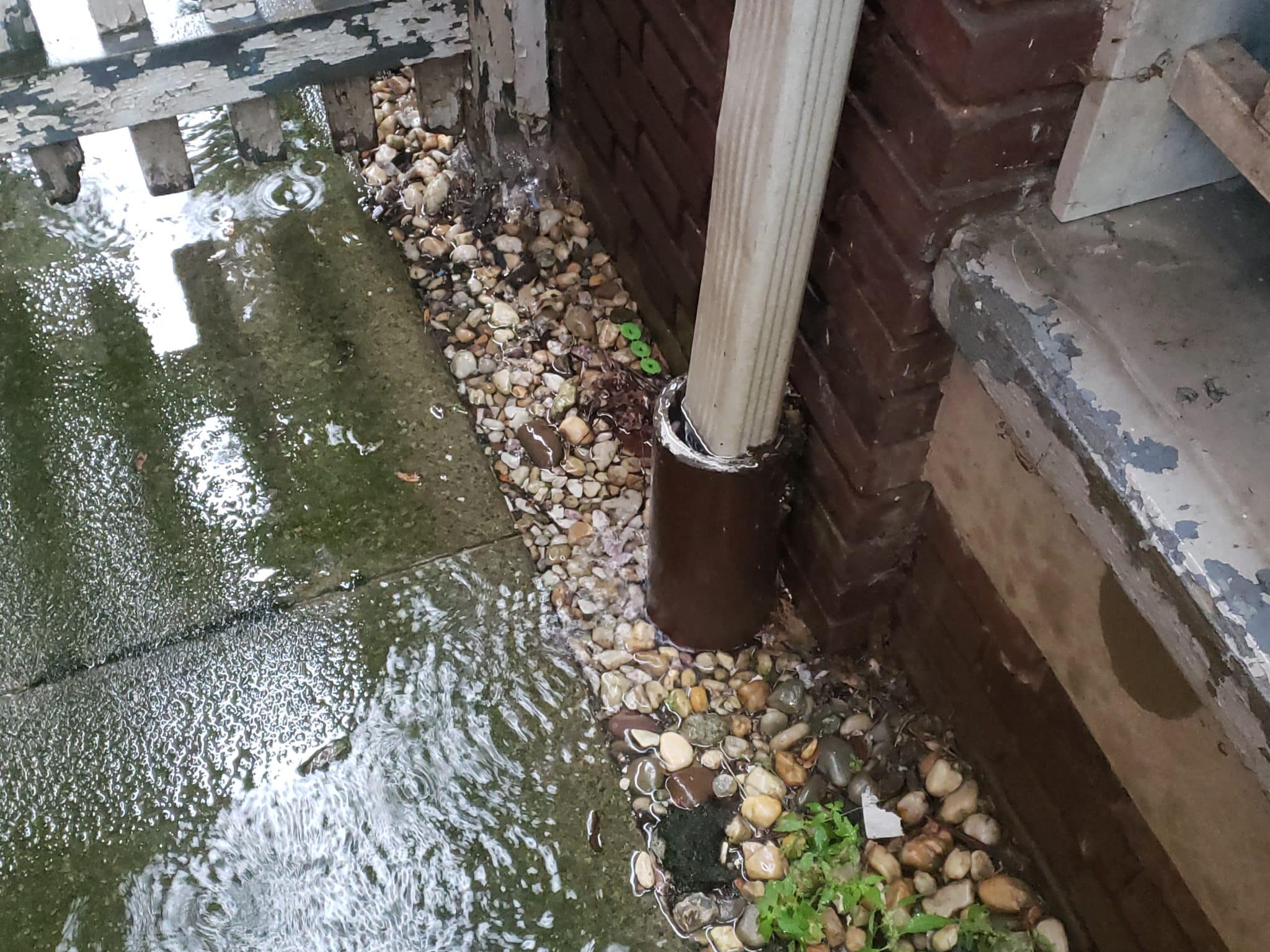

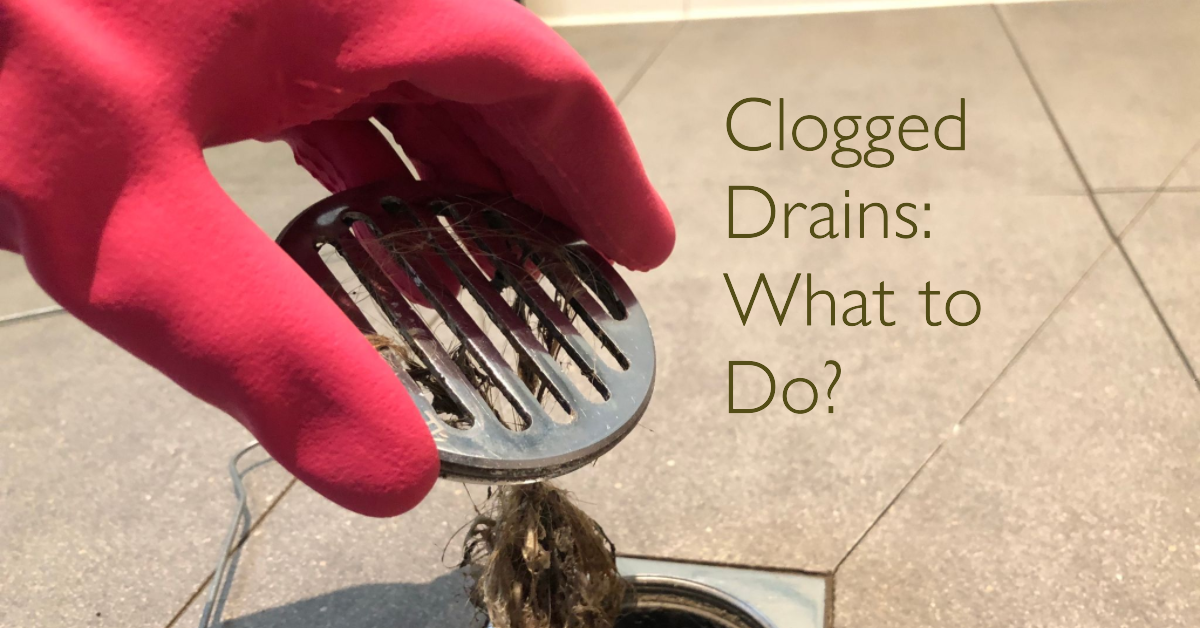




















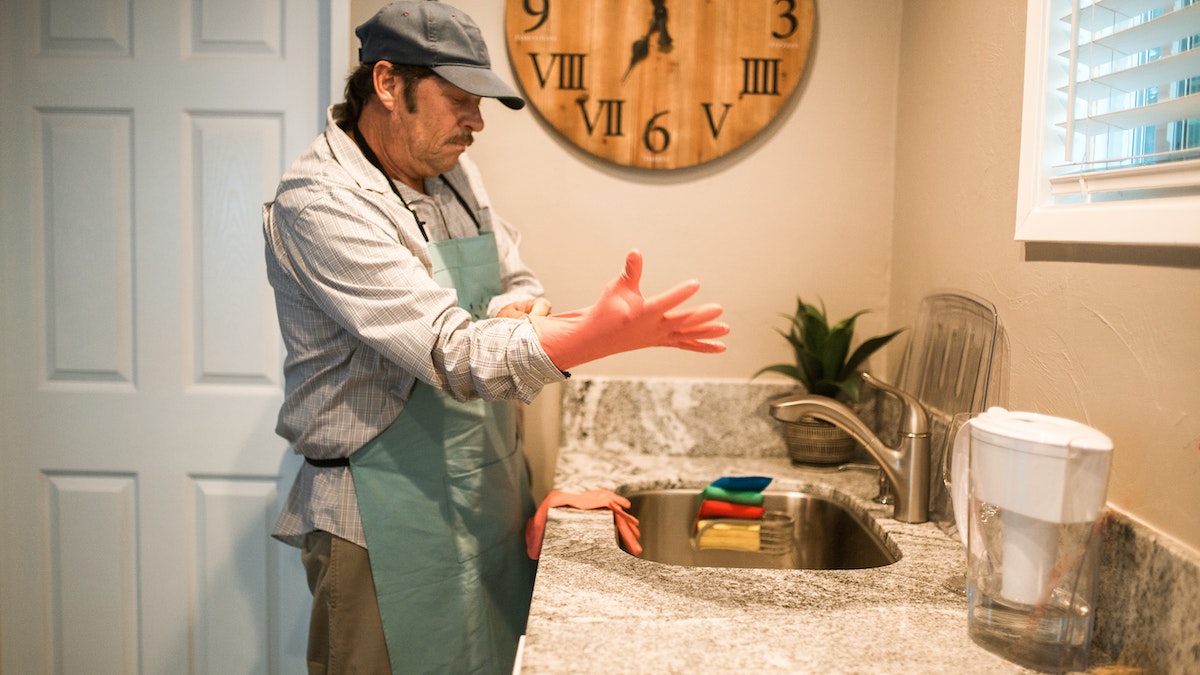























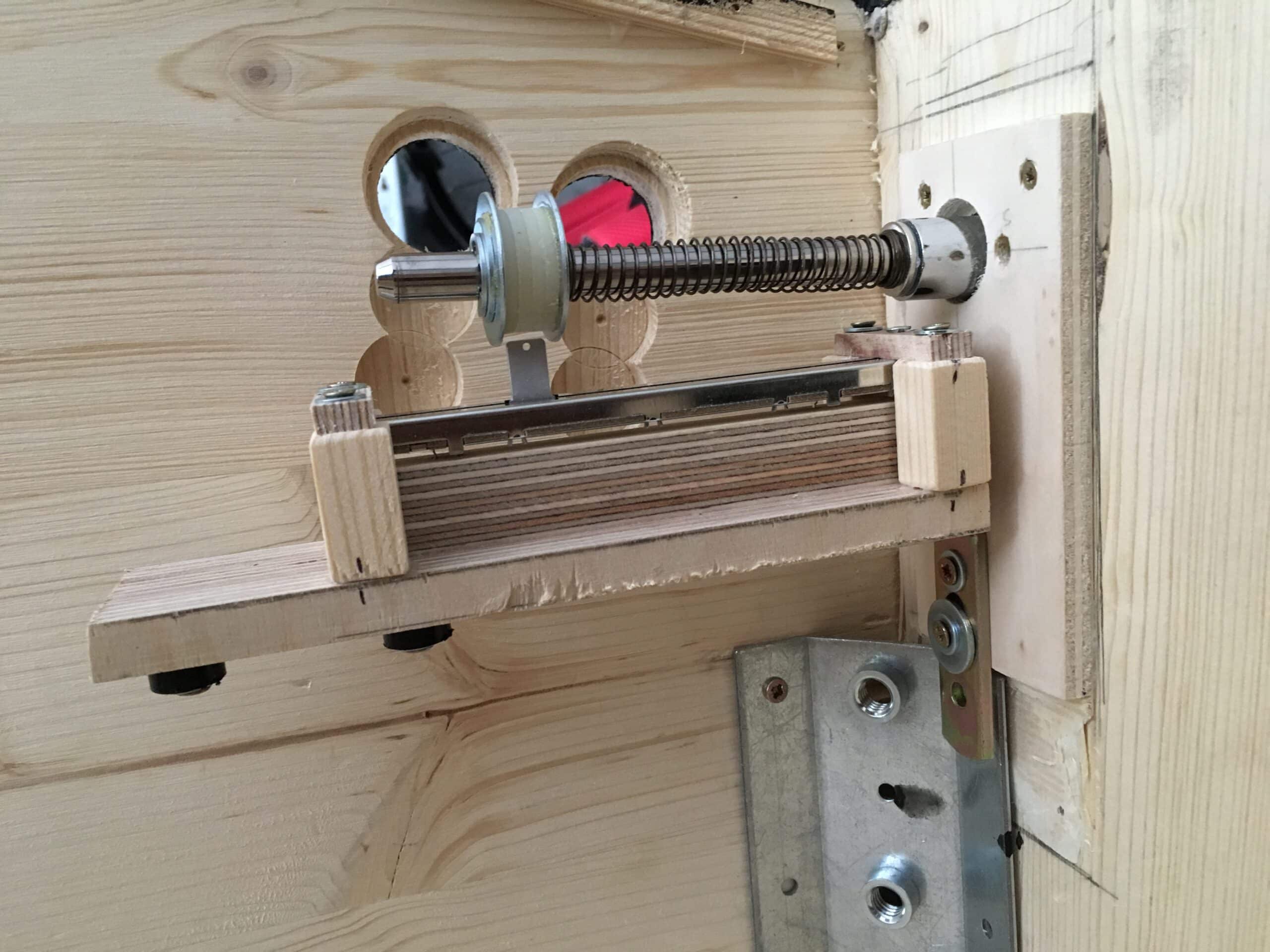


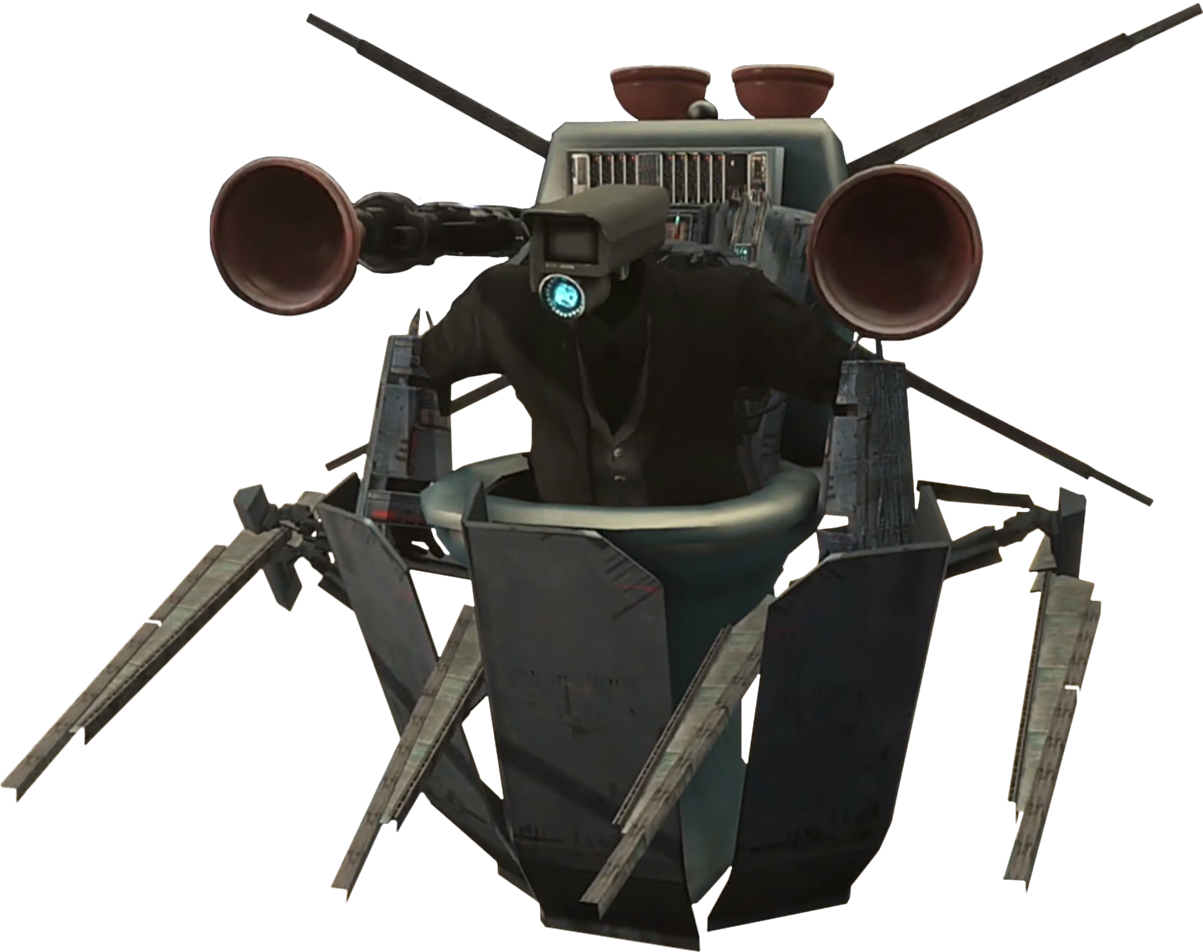



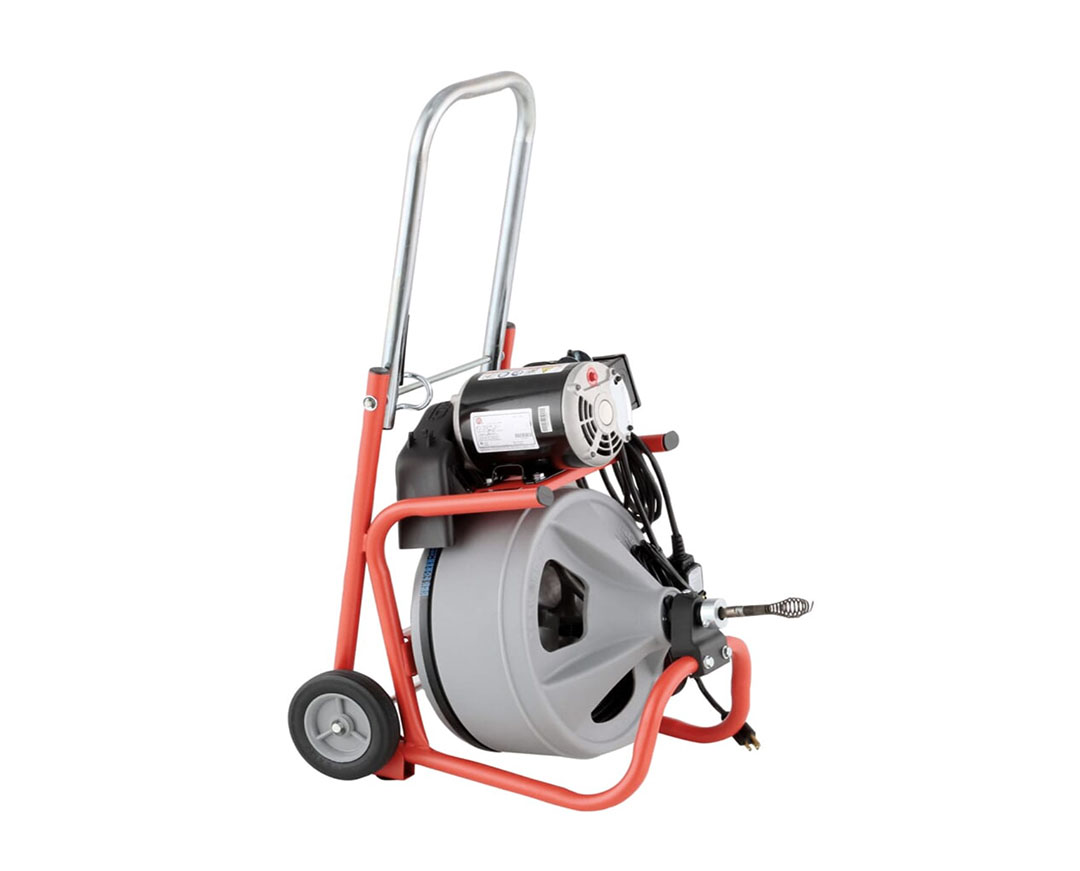
:max_bytes(150000):strip_icc()/Vastar-4-Pack-Drain-Snake-50b0e77281b244e386d046ca25ba76b6.jpg)



